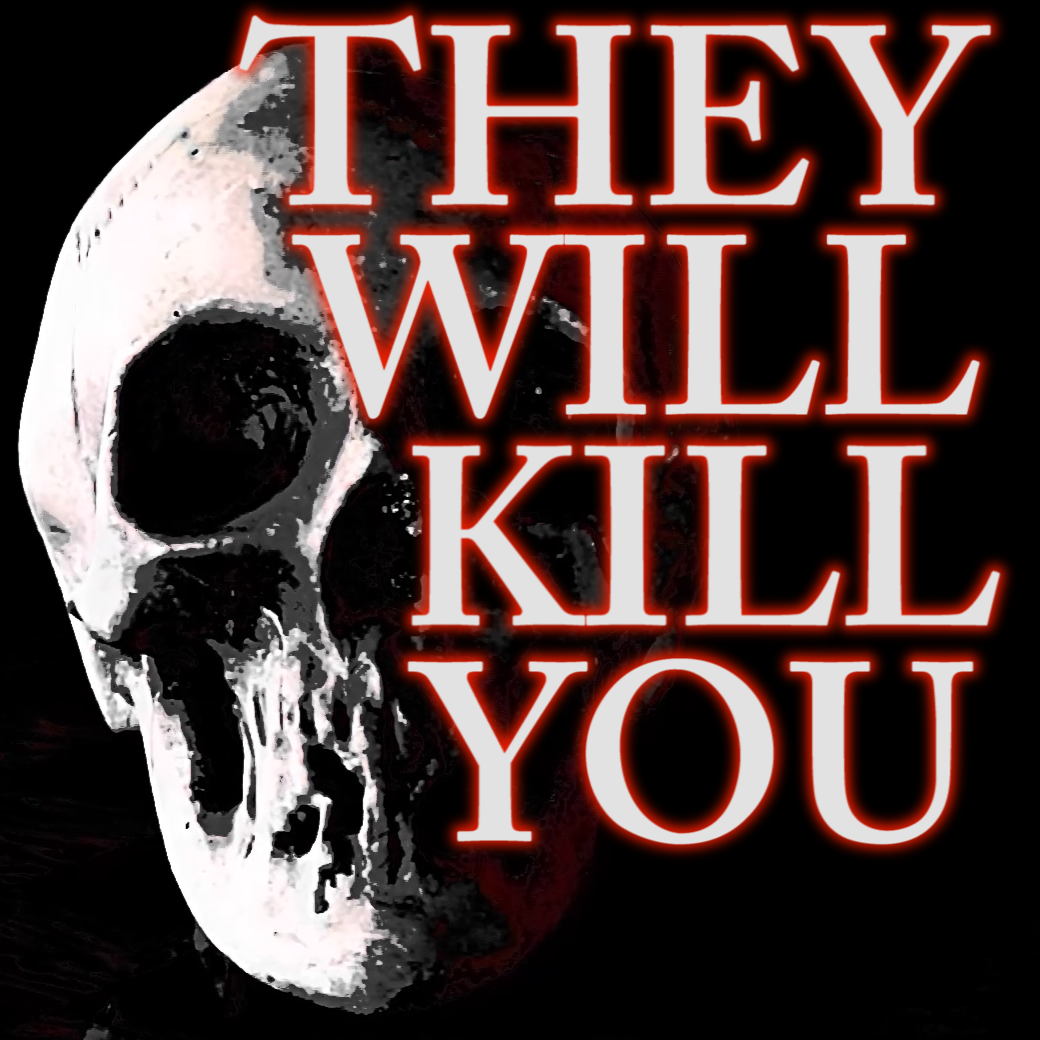
1803 - 1835
Giorgio Orsolano
Summary
Name:
Nickname:
The Hyena of San GiorgioYears Active:
1834 - 1835Birth:
June 03, 1803Status:
ExecutedClass:
Serial KillerVictims:
3Method:
Rape/ Mutilation / Stabbing / DismembermentDeath:
March 17, 1835Nationality:
Italy
1803 - 1835
Giorgio Orsolano
Summary: Serial Killer
Name:
Giorgio OrsolanoNickname:
The Hyena of San GiorgioStatus:
ExecutedVictims:
3Method:
Rape/ Mutilation / Stabbing / DismembermentNationality:
ItalyBirth:
June 03, 1803Death:
March 17, 1835Years Active:
1834 - 1835Date Convicted:
March 13, 1835bio
Giorgio Orsolano was born on 3 June 1803 in the small town of San Giorgio Canavese, near Ivrea in the Piedmont region of Italy. His early life was marked by instability and failed efforts at reform. After the death of his father, his mother sent him to live with her brother, a priest, in the hope that religious education and discipline would improve his character. However, Orsolano proved resistant to guidance and was sent back home. In San Giorgio, he became known for his idle lifestyle, preferring the company of taverns over honest labor.
In 1823, at the age of 20, Orsolano committed his first series of criminal acts. He stole religious items — including ten candles — from the Confraternity of Santa Marta and the parish church of Santa Maria Assunta. More disturbingly, he kidnapped and attempted to rape 16-year-old Teresa Pignocco, holding her captive for six days. For these offenses, he was sentenced on 15 December 1823 to eight years of imprisonment for theft and attempted rape.
After serving most of his sentence, Orsolano was released on 13 December 1831 for good behavior. He returned to his hometown and attempted to reintegrate into society. He entered into a relationship with a 24-year-old widow, Domenica Nigra, and fathered a daughter, Margherita, born on 7 July 1833. The two married in April 1834, and Orsolano opened a small butcher shop specializing in cutters and sausages. However, the business failed to generate sufficient income, and Orsolano once again spiraled into instability.
murder story
On 14 February 1834, Giorgio Orsolano committed his first known murder when he raped and killed 10-year-old Caterina Scavarda, disposing of her remains in the countryside outside San Giorgio. The crime went undetected at the time, and no suspect was arrested.
Several months later, on 24 June 1834, Orsolano struck again. He lured 9-year-old Caterina Givogre, raped her, then decapitated her. He disposed of her mutilated body by throwing it into the Piatonia stream. As local authorities struggled to explain the disappearances, blame was initially assigned to wild animals that roamed the region.
His final murder occurred on 3 March 1835. On a market day in San Giorgio, Orsolano approached 14-year-old Francesca Tonso under the pretense of purchasing eggs and convinced her to come to his home. There, he raped and murdered her, dismembering her body with a cleaver and placing the remains in a jute sack. He disposed of her remains in the same stream used previously and tried to eliminate evidence by washing the bag and cleaning himself.
Francesca’s family reported her disappearance, and her aunt recalled seeing her in the company of a man who matched Orsolano’s description. When police arrived to question him, Orsolano reacted aggressively and dismissed them. This behavior aroused further suspicion, and investigators searched his home. Inside, they found bloodstained clothing, a dirty sack, and fragments of the girl’s shoes and garments. As word of his capture spread, enraged citizens attempted to lynch him, prompting authorities to transfer him to the castle prison in Ivrea.
Initially defiant, Orsolano denied involvement. But under the influence of alcohol and following a promise by an officer that he might avoid execution if he confessed and feigned insanity, he admitted to all three murders. On 13 March 1835, he was convicted in Ivrea and sentenced to death by hanging. The execution was carried out four days later on 17 March 1835 in Sant’Anna, a district of his hometown.
In a final indignity, the University of Turin dispatched three surgeons to dissect Orsolano’s body post-mortem. His head and testicles — reportedly unusually large — were removed for anatomical study. His skull was transferred to the Museum of Anatomy, and a cast of his head remains on display at the Museum of Human Anatomy Luigi Rolando in Turin.